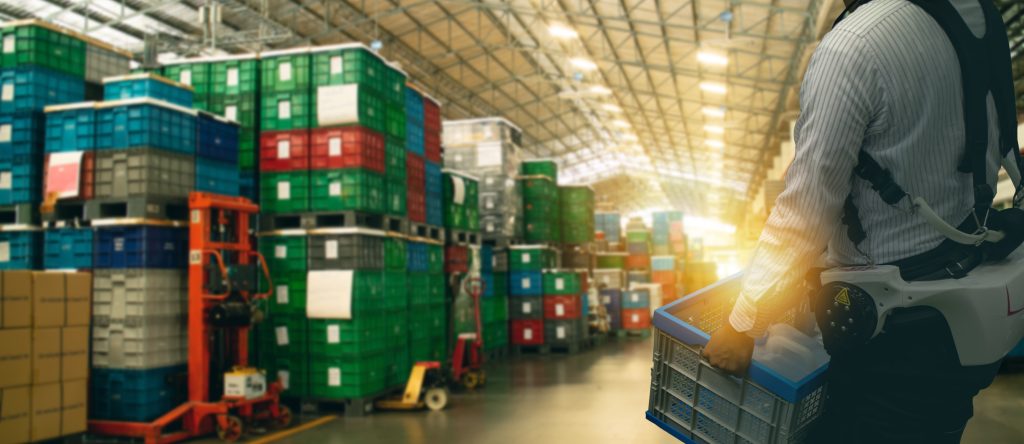Production work is physical work, even in digital, automated manufacturing. Workers still get fatigued, and when they are tired they can make mistakes, and are susceptible to occupational accidents. A number of companies have melded life sciences and industrial work, introducing wearables that help manage the risks by gathering real-time biometric and environmental data from workers, then turning machine learning loose in the cloud to transform the bagged data into predictors of diminished function.

The good news is, work is safer overall. The U.S. Department of Labor’s Bureau of Labor Statistics (BLS) said that private industry employers reported nearly 45,800 fewer nonfatal injury and illness cases in 2017 compared to a year earlier; the 2017 rate of total recordable cases fell 0.1 cases per 100 full-time equivalent workers (FTEs), continuing a pattern of declines that, apart from 2012, has occurred annually since 2004. Yet the totals for sprains, strains and tears—34,110 in 2017, and the leading type of injury in manufacturing—were unchanged from 2016.
So there’s plenty more to be done. Canaria Technologies takes a wearables approach, via an earpiece it designed for a NASA International Space Apps Challenge (it won) to capture astronaut data without impeding their work. The predictive medical device is now used across industries, like manufacturing, to monitor things like heart rate variability—a strong indicator of cognitive fatigue—and respiratory rate.
Bodytrak adds a machine learning wrinkle. Its in-ear wearable continuously monitors parameters like core body temperature, heart rate, VO2 (maximal oxygen consumption, a reflection of cardiorespiratory fitness), and motion (including fall detection). It sends the data in real-time to mobile platforms and to a cloud-based analytics platform, where machine learning generates insights and alerts.

Another entrant in the field is Kinetic, which takes a continuous feedback and learning approach that seems especially suited to today’s fast-supply chain and distribution center work in e-commerce, where workers constantly court risk while lifting, twisting and turning. In warehousing and storage, for example, the BLS reported that Days Away From Work (DAFW) cases rose 2,930 in 2017, to 17,390.
Kinetic offers REFLEX, a smart device about as small as a cellphone that’s powered by a stamp-sized computer from Digi International and worn on the belt. Using sensors and biomechanical analysis, it determines when workers are moving with correct posture, detects high-risk postures, and gives workers immediate feedback about high-risk motions. The unit syncs to a dashboard after each shift to present visual analyses, summaries, and risk profiles of an individual’s safety habits.
“When workers deviate from the best-practice protocols for their posture, lifting, and movements, it most often leads to preventable injuries,”says Kinetic co-founder and CTO Aditya Bansal. “We recognized there was an opportunity to provide real-time coaching to employees that helps them remember and apply the techniques.”
One hundred years after the introduction of the hard hat in 1919, suiting up for the job in manufacturing is taking on a whole new look.
Editor’s Note: Interested in learning more about the factory of the future? Register here for the 3DEXPERIENCE FORUM 2019, taking place May 13-16 at Caesars Palace, Las Vegas.
